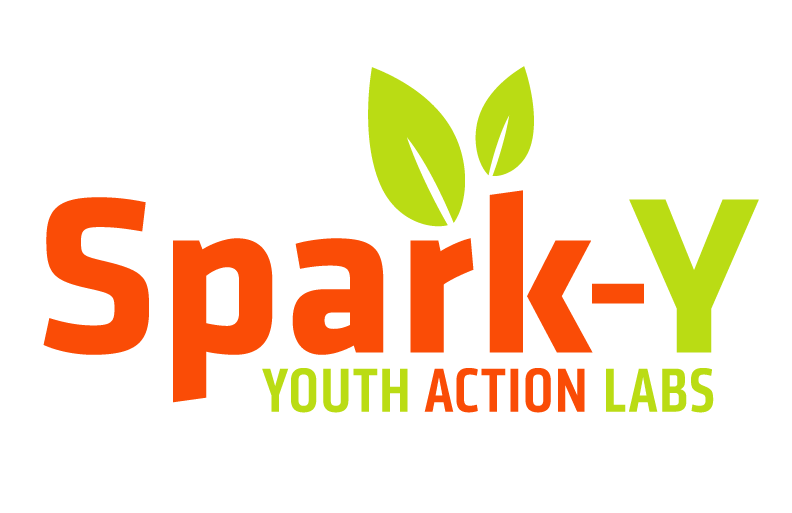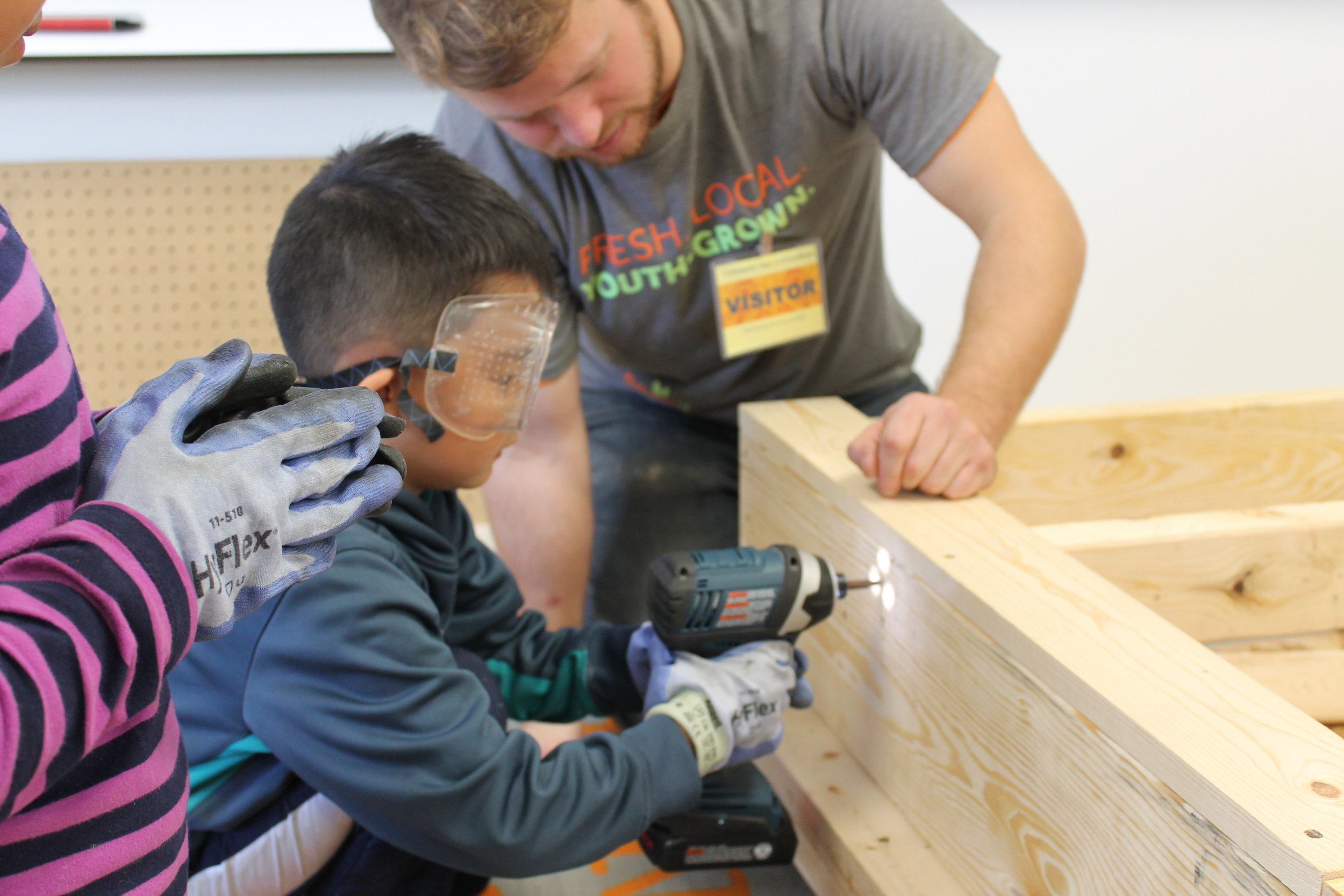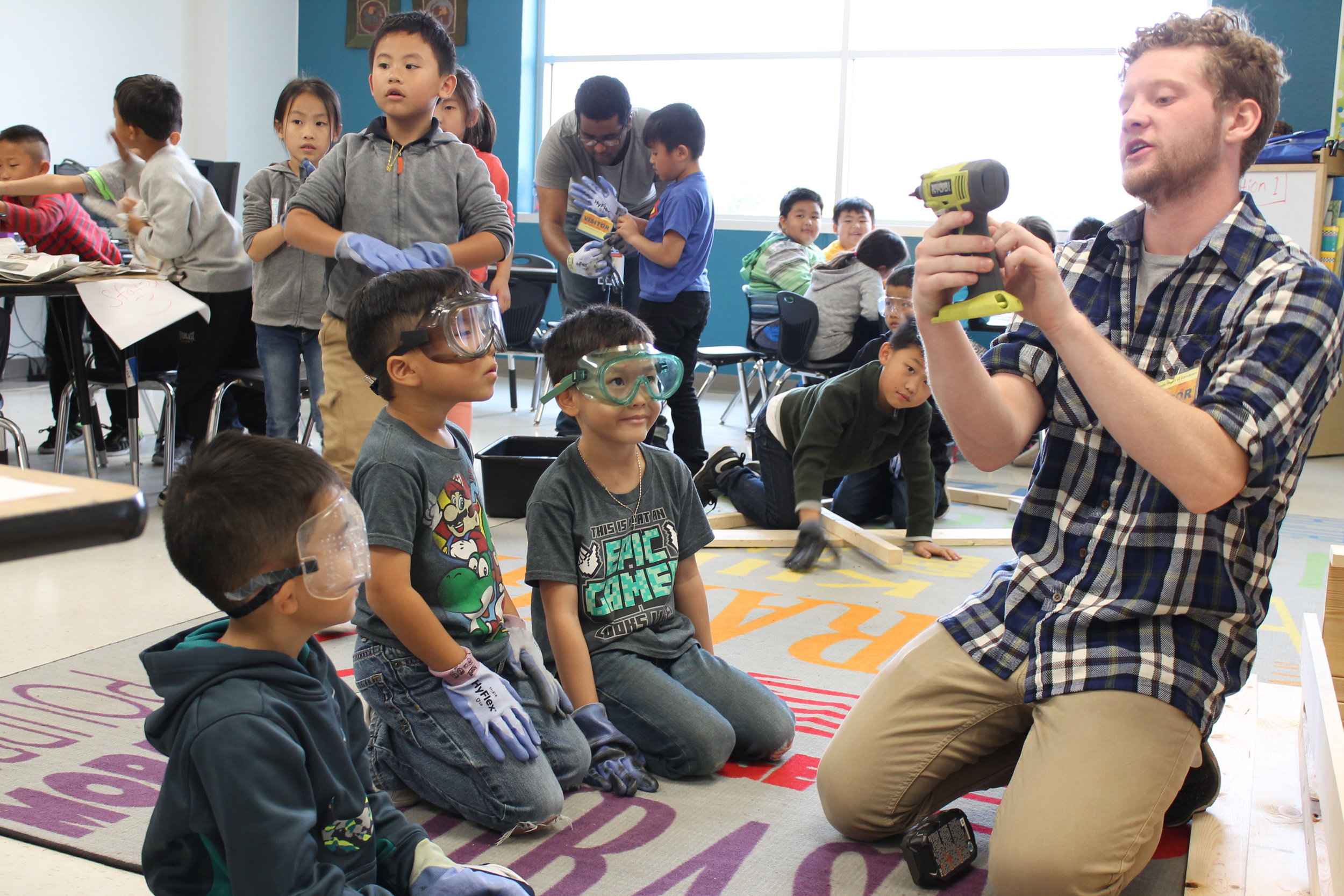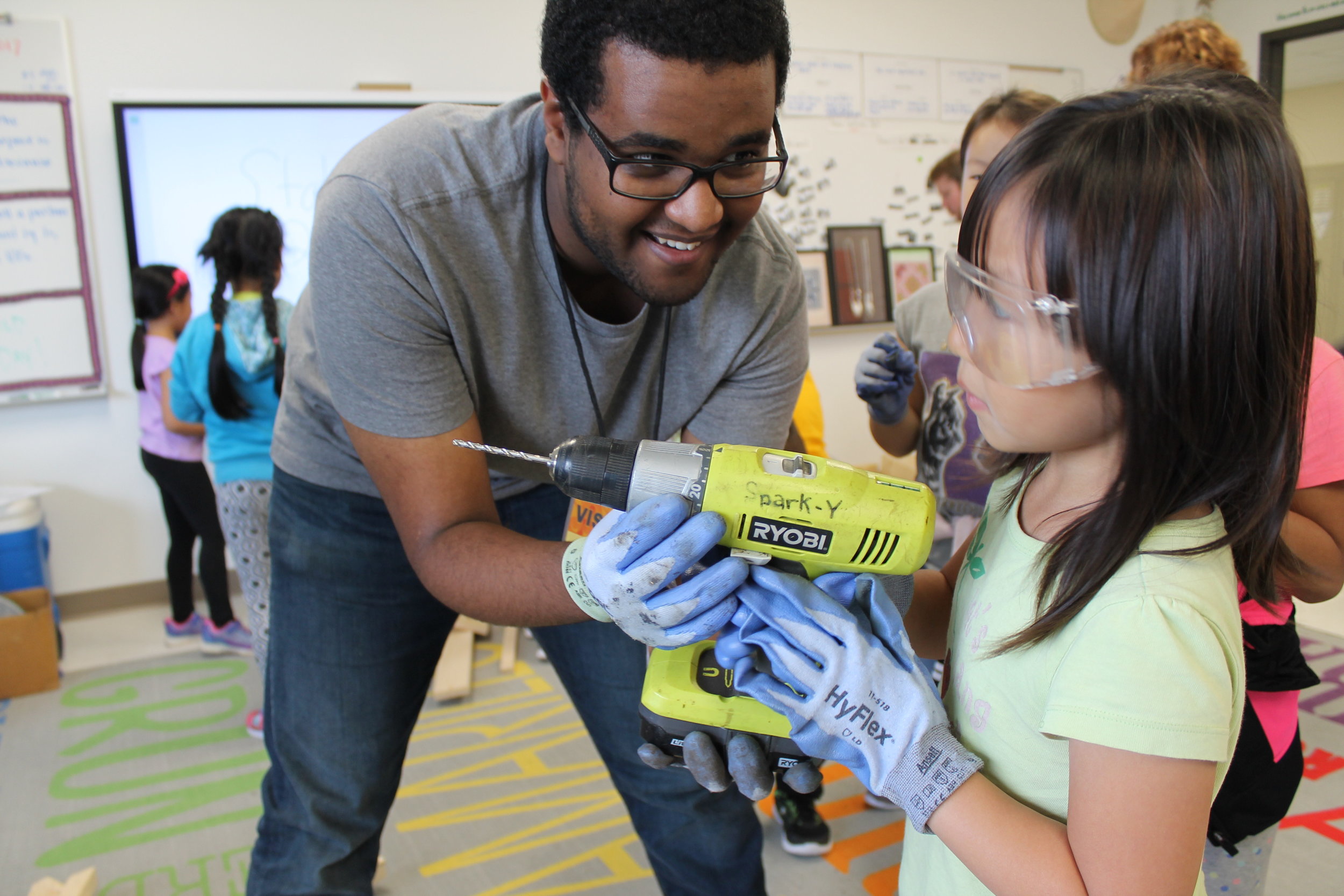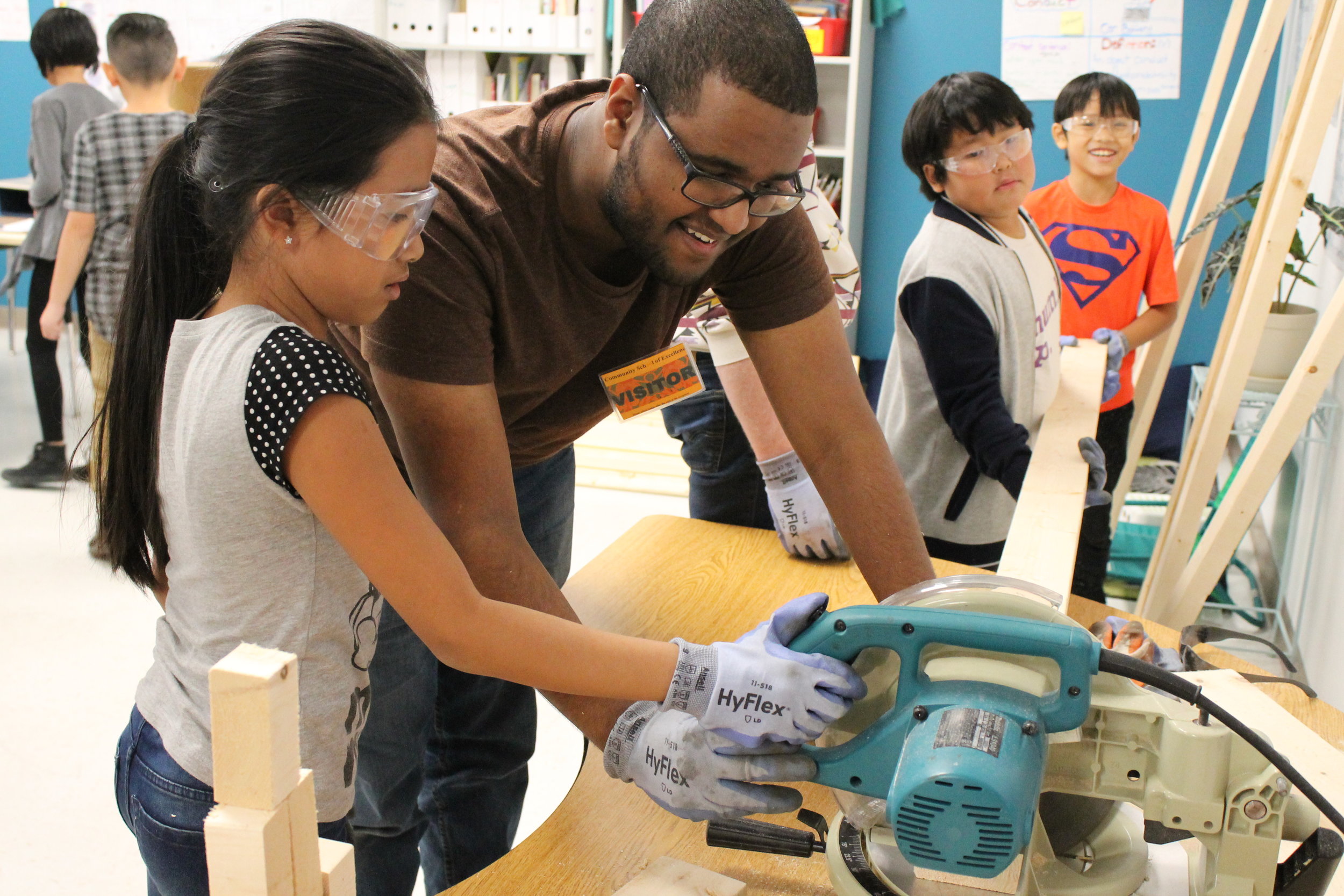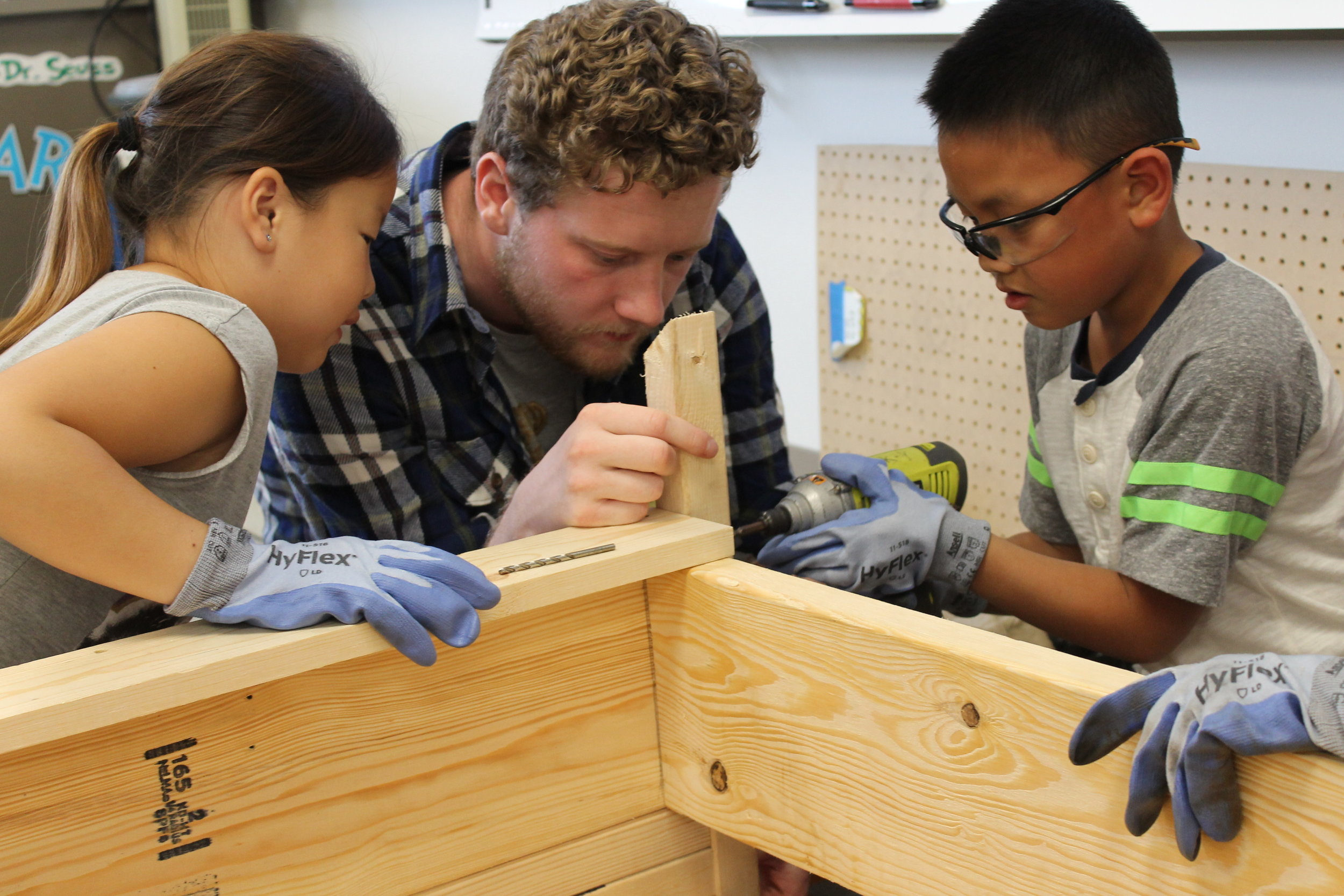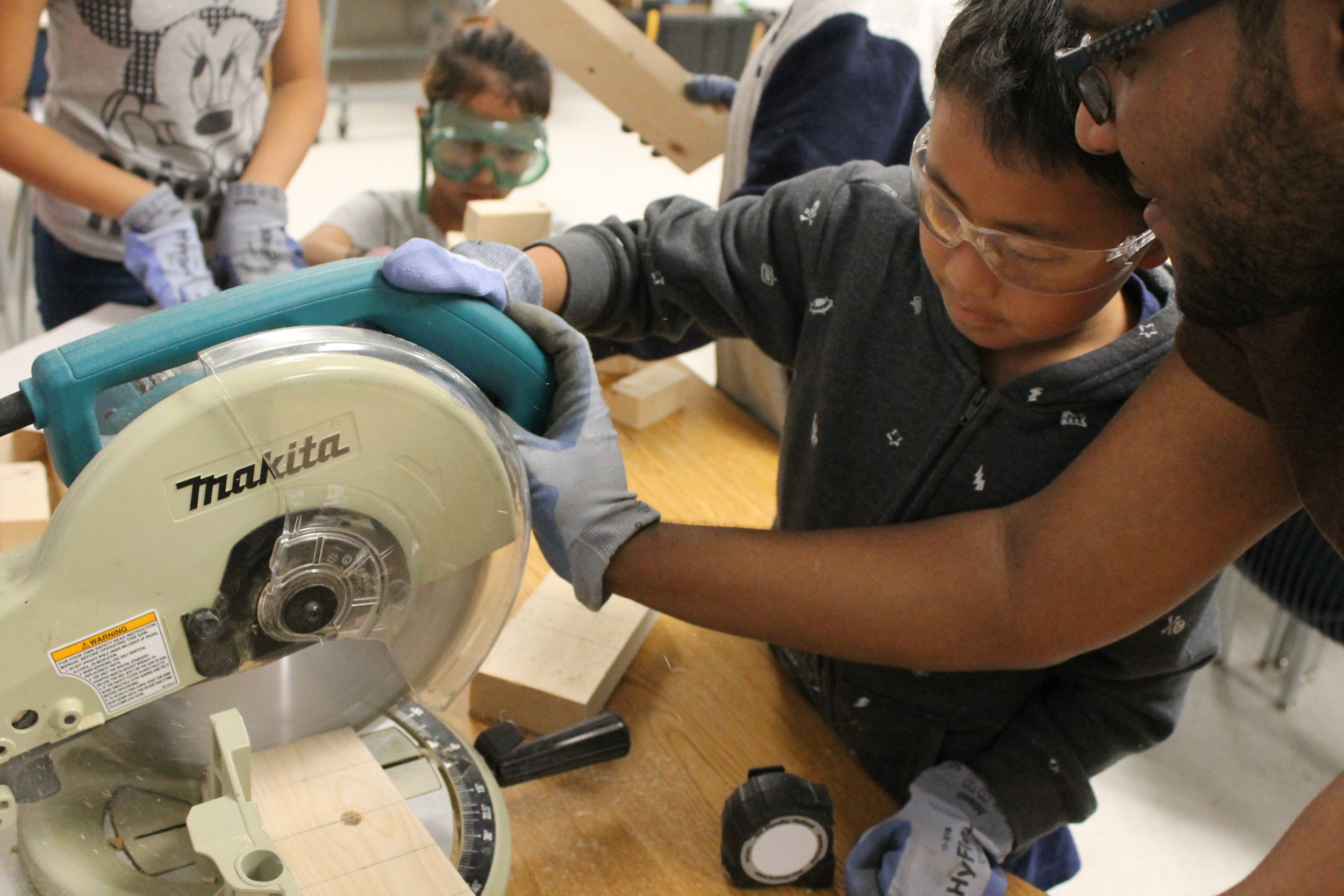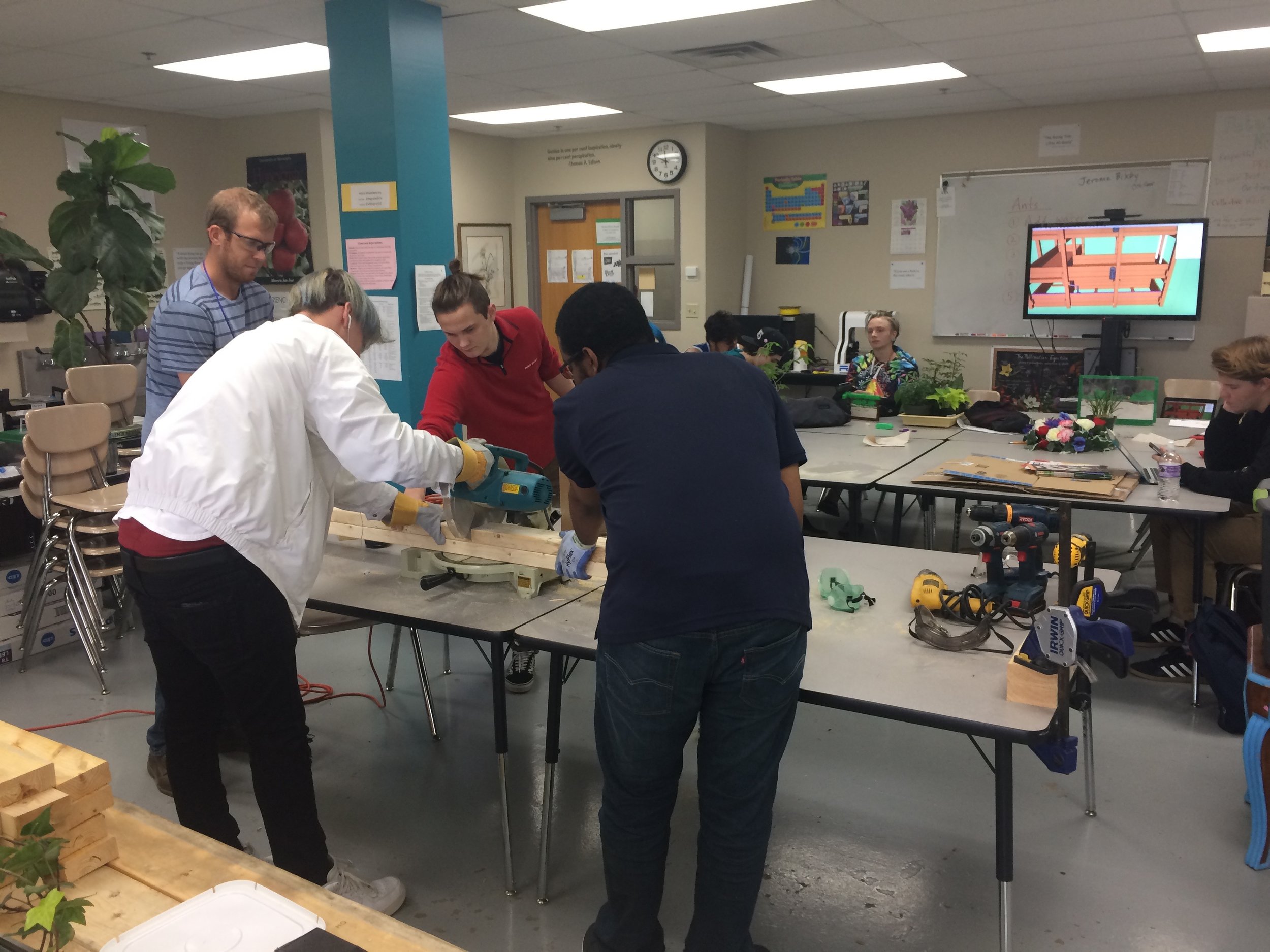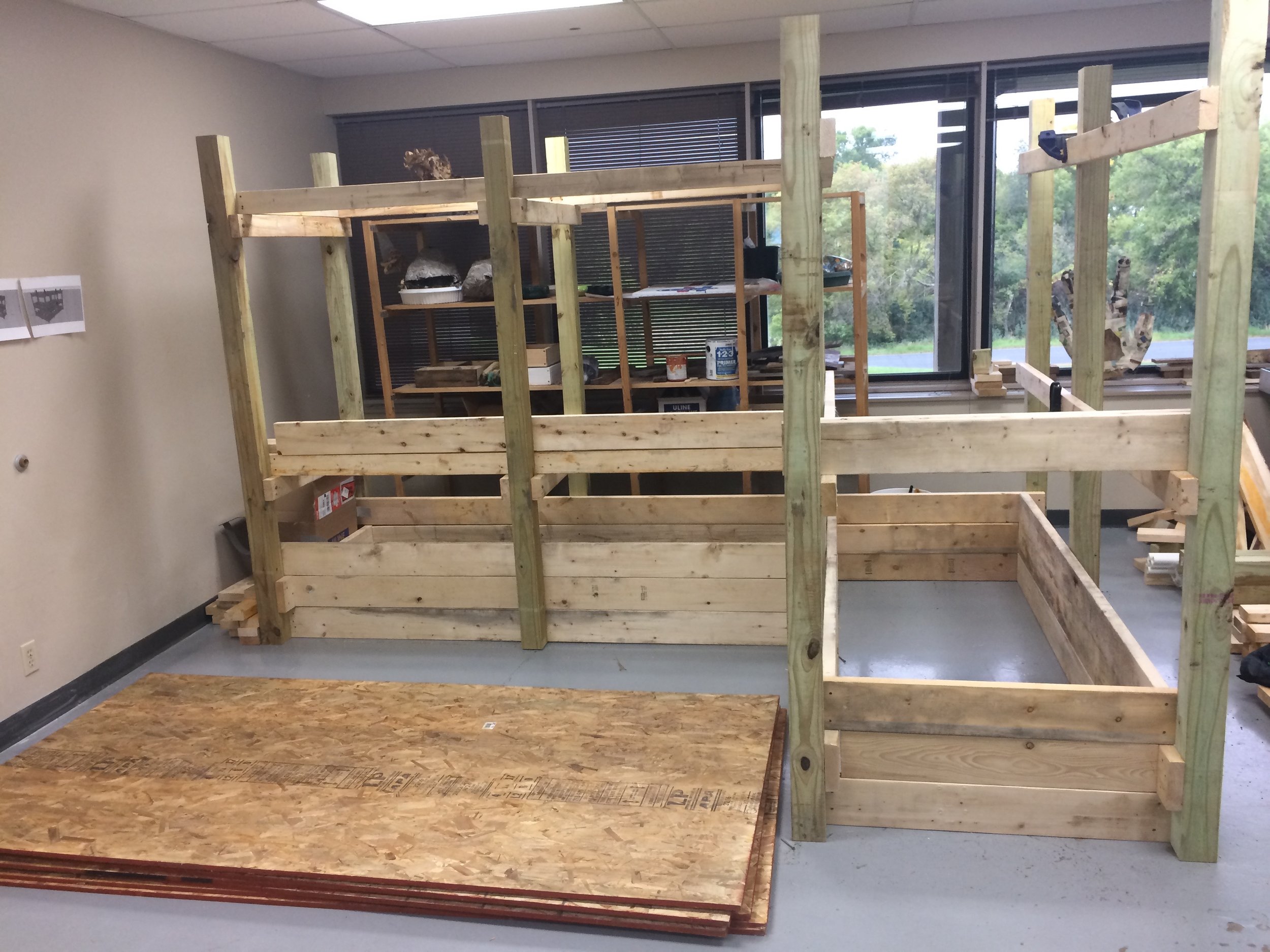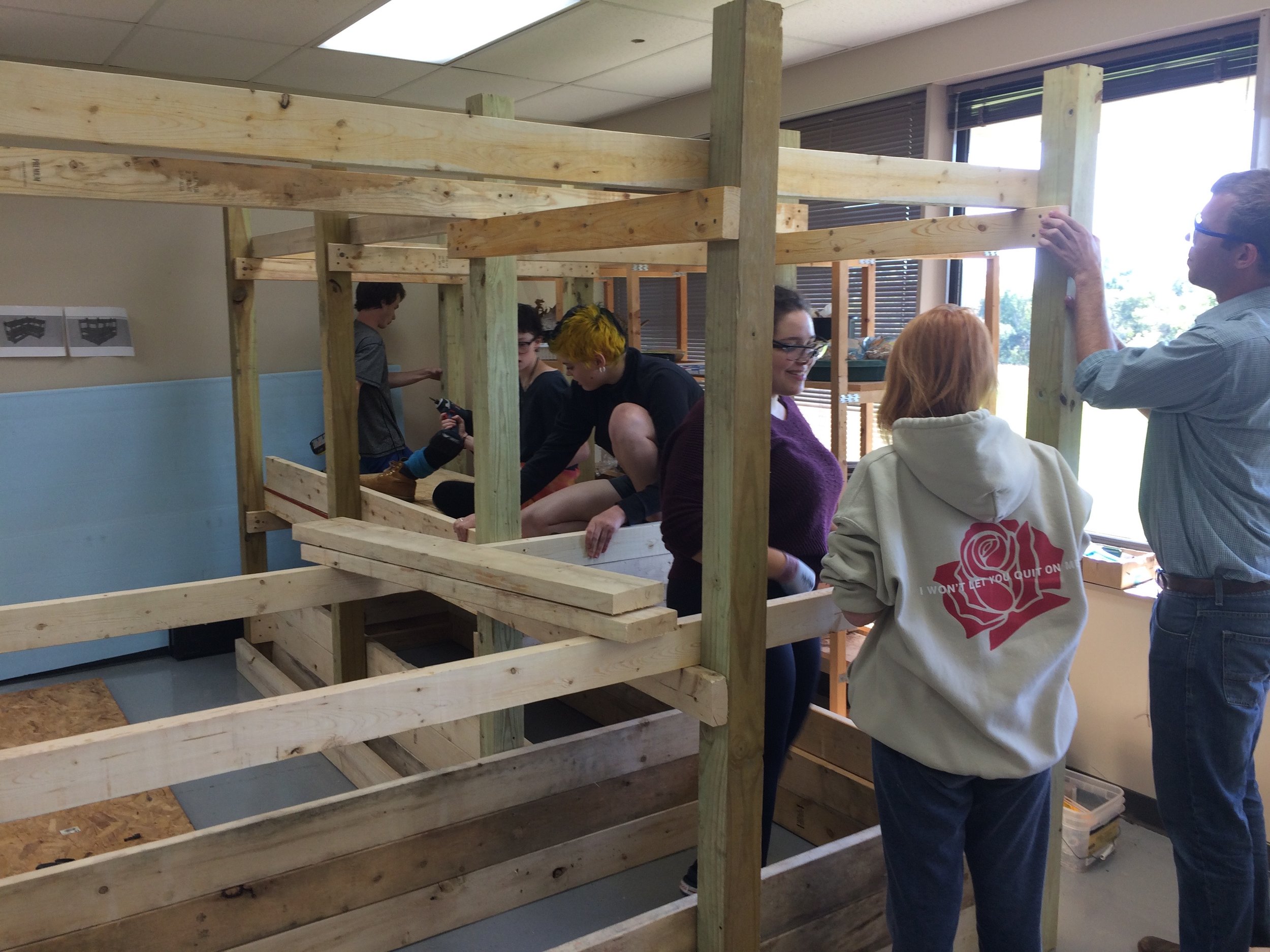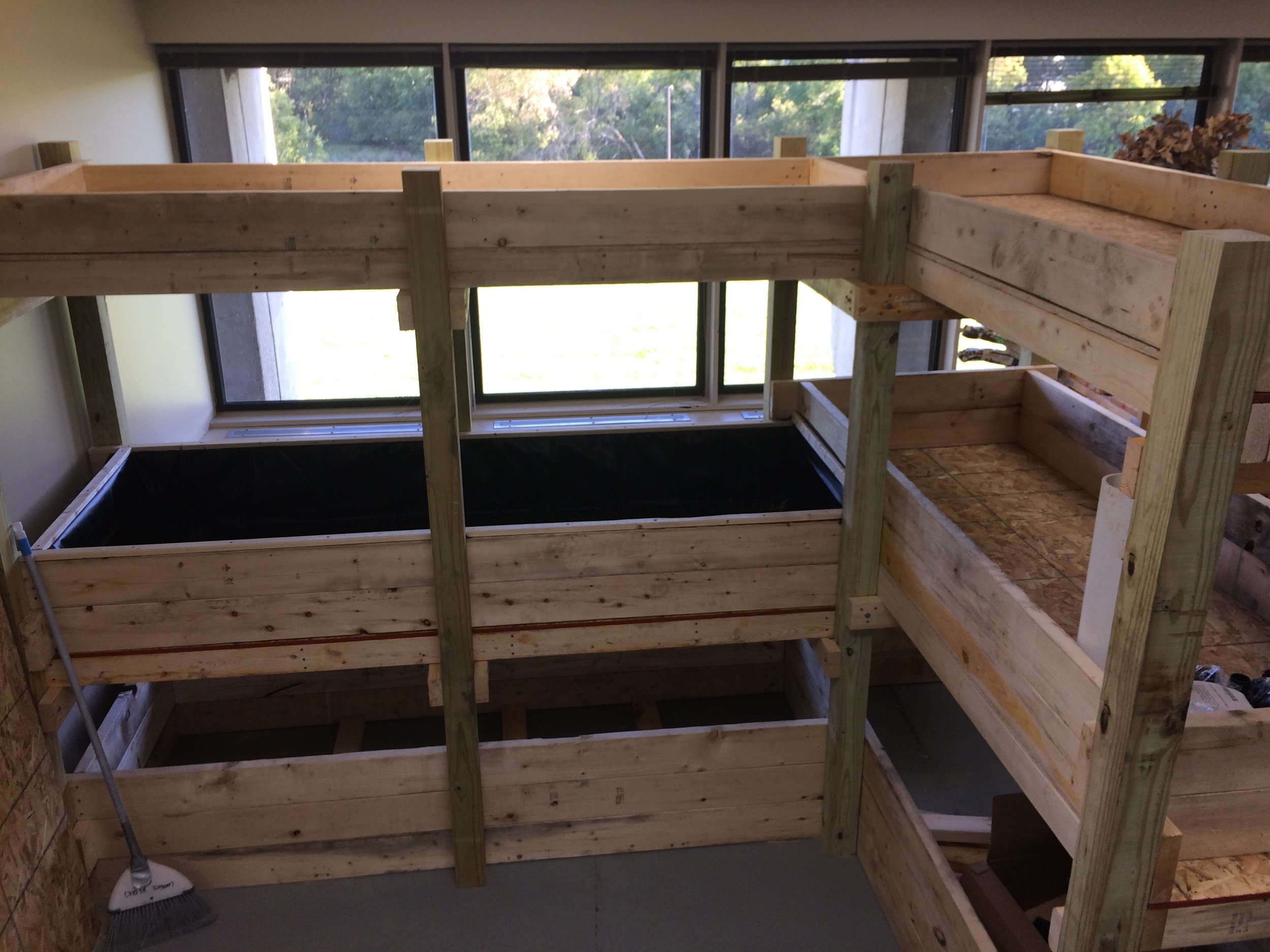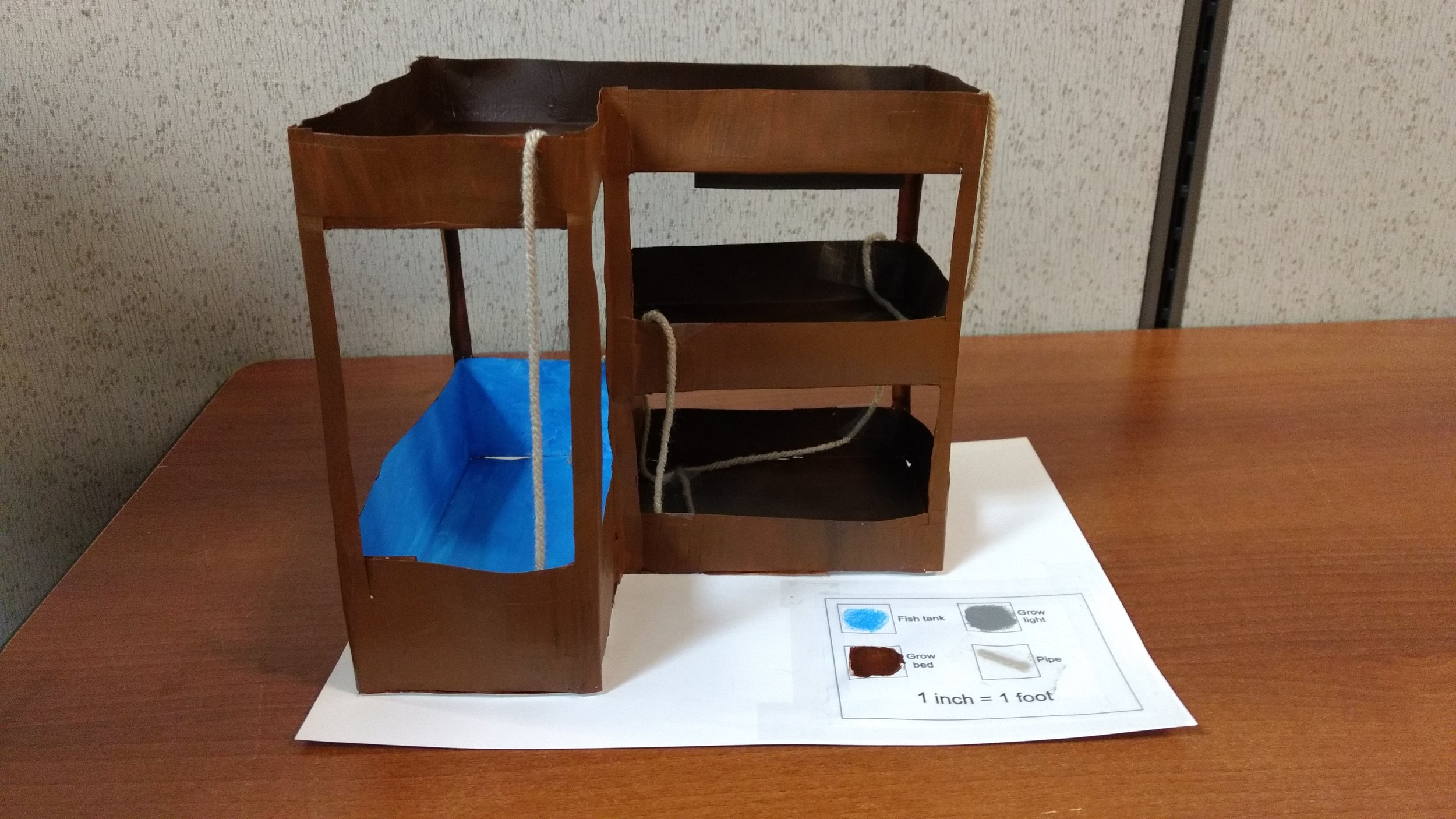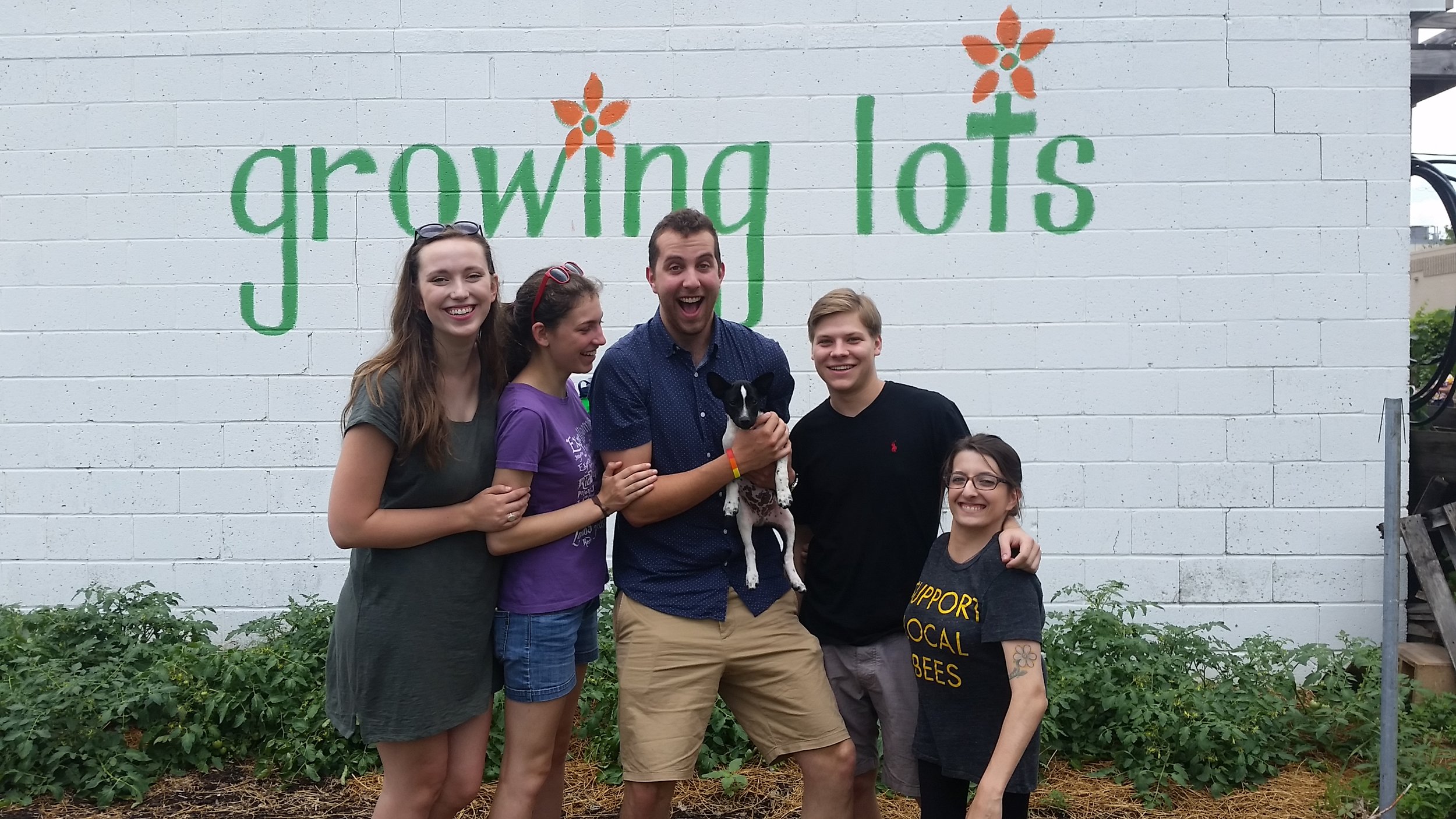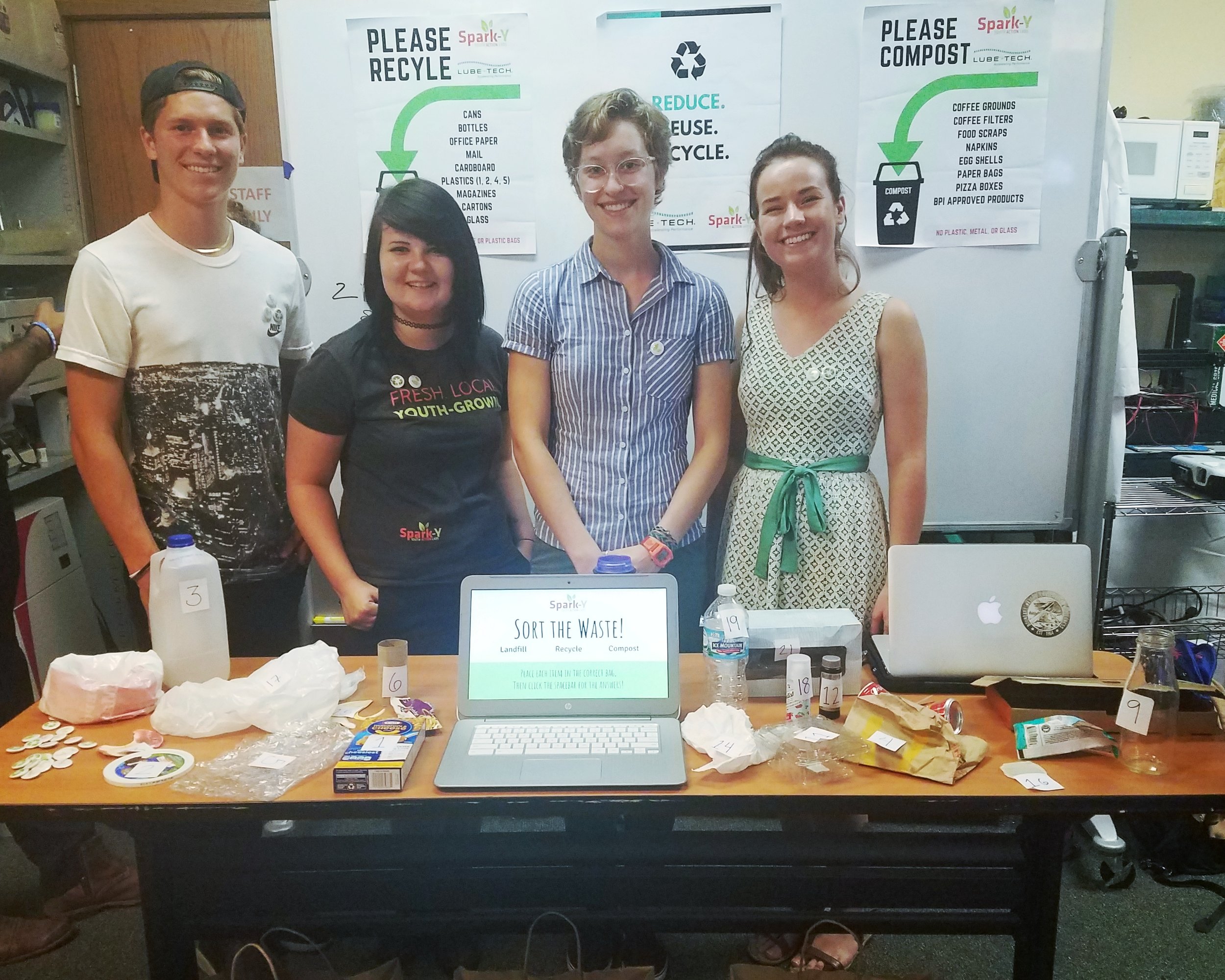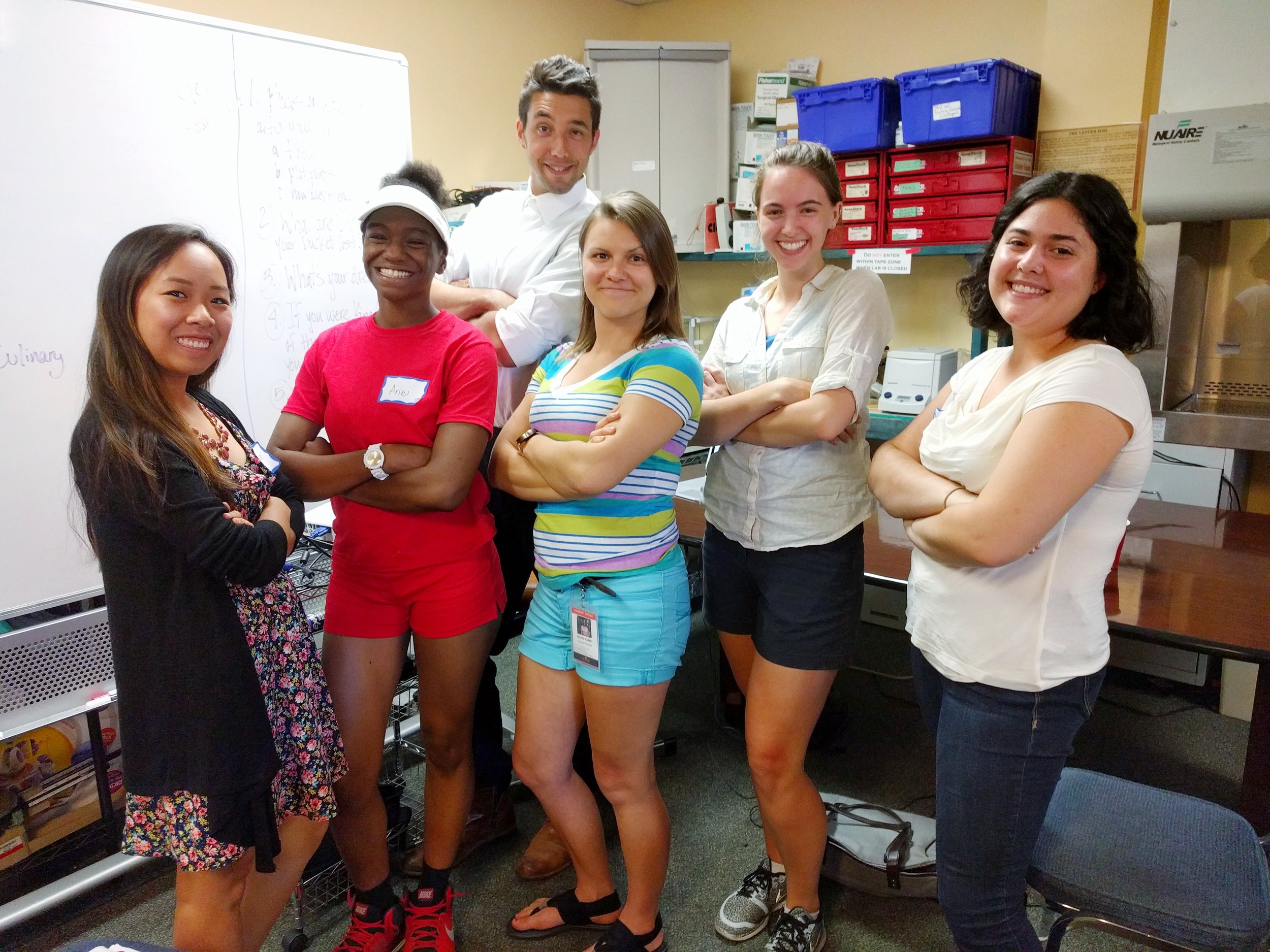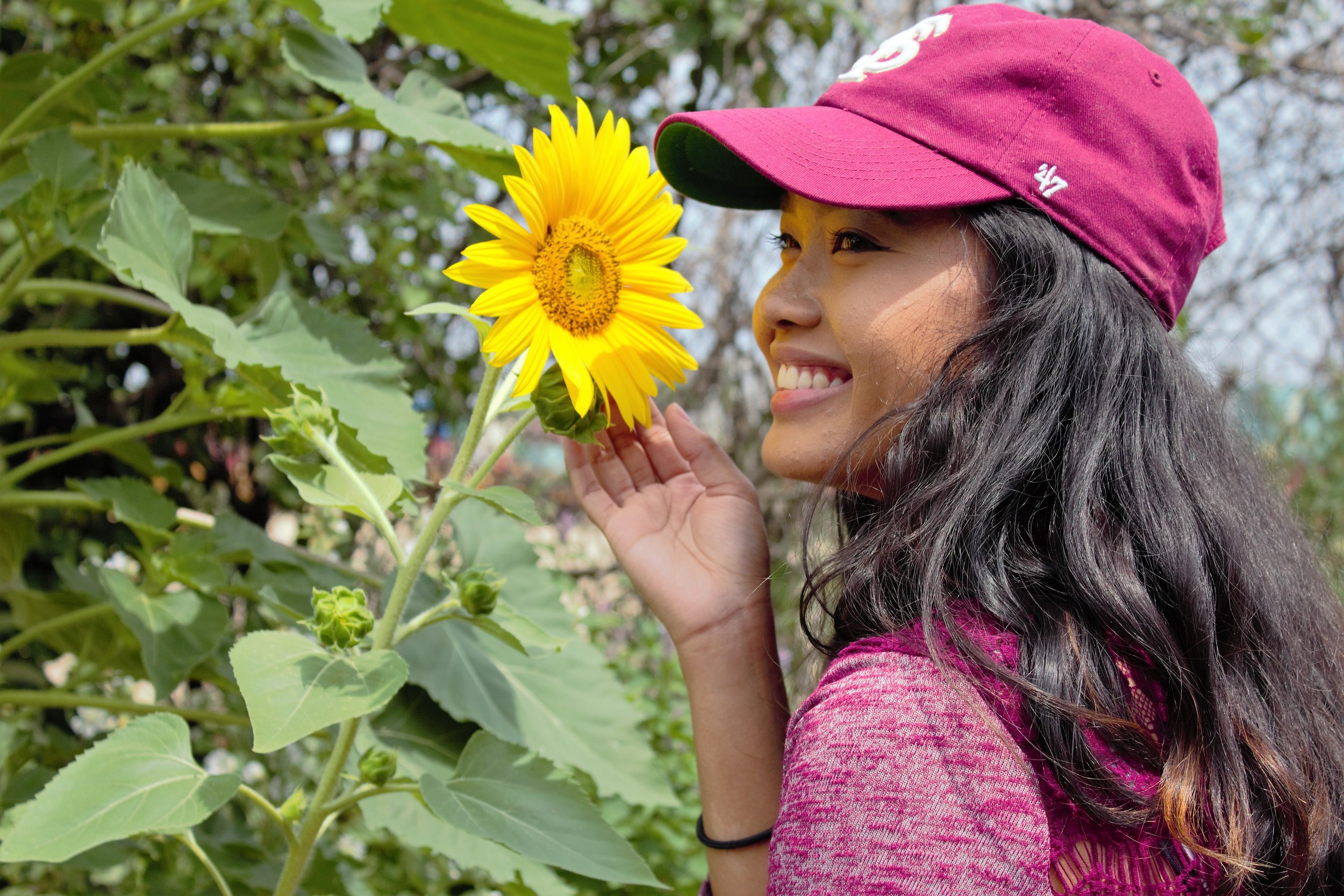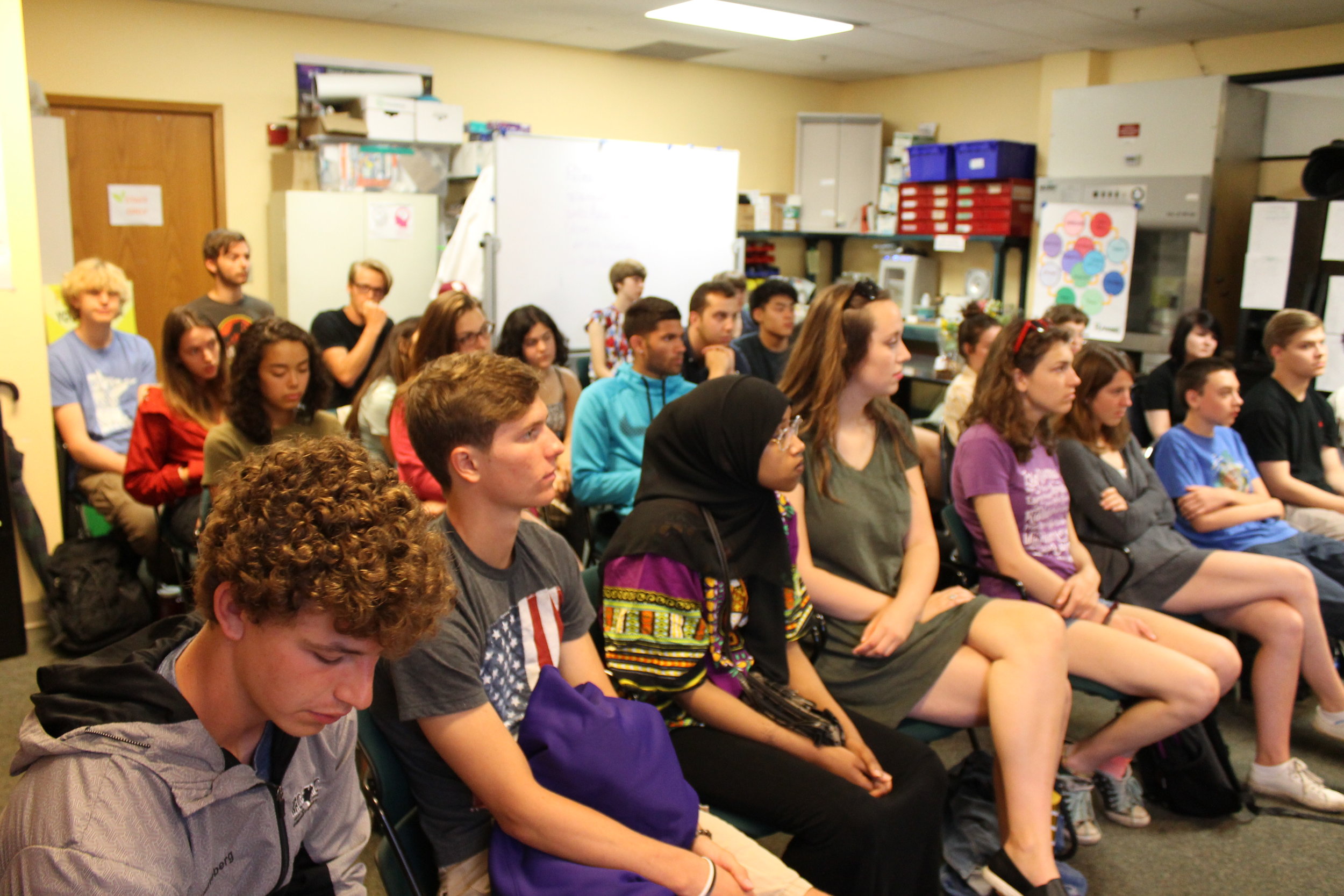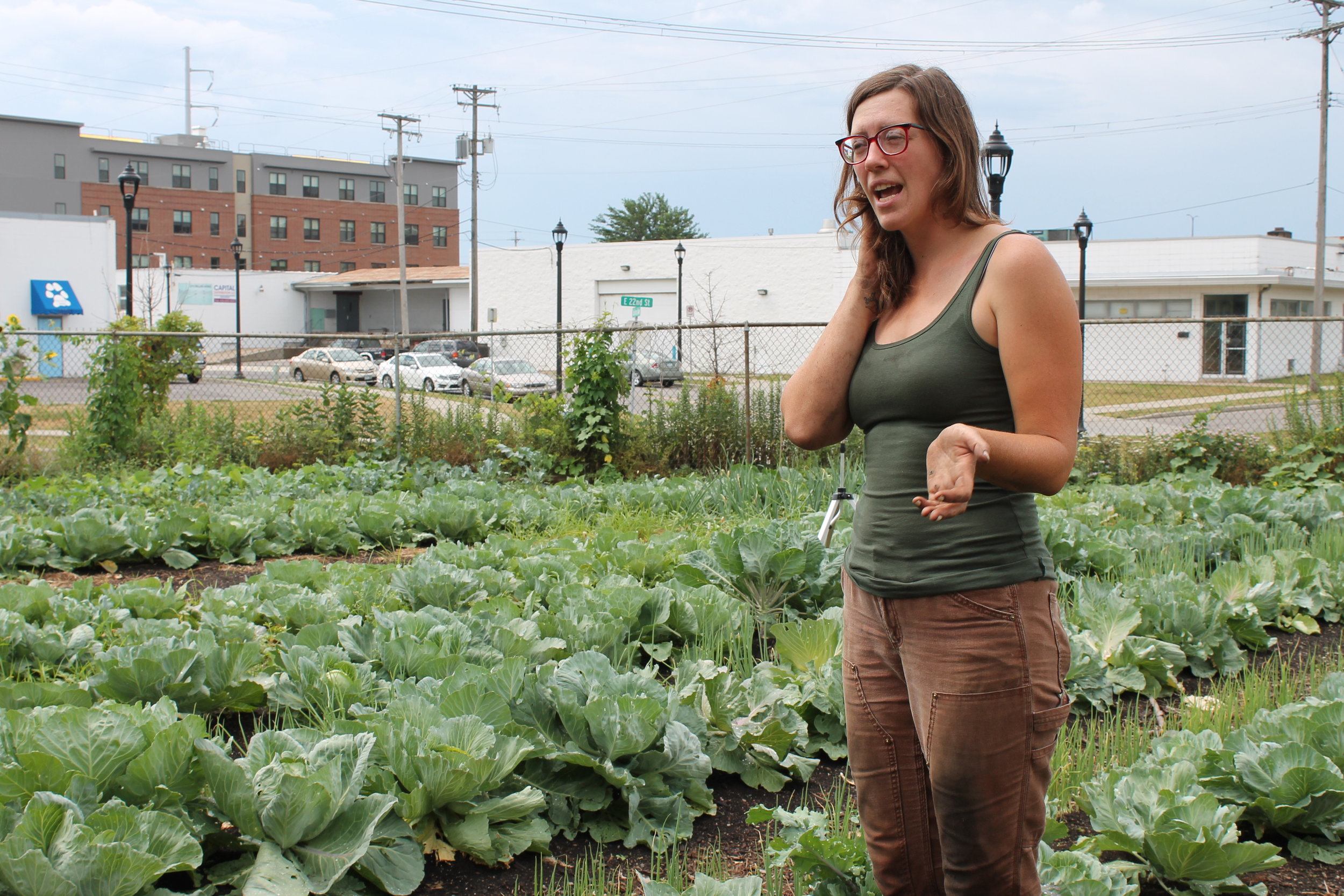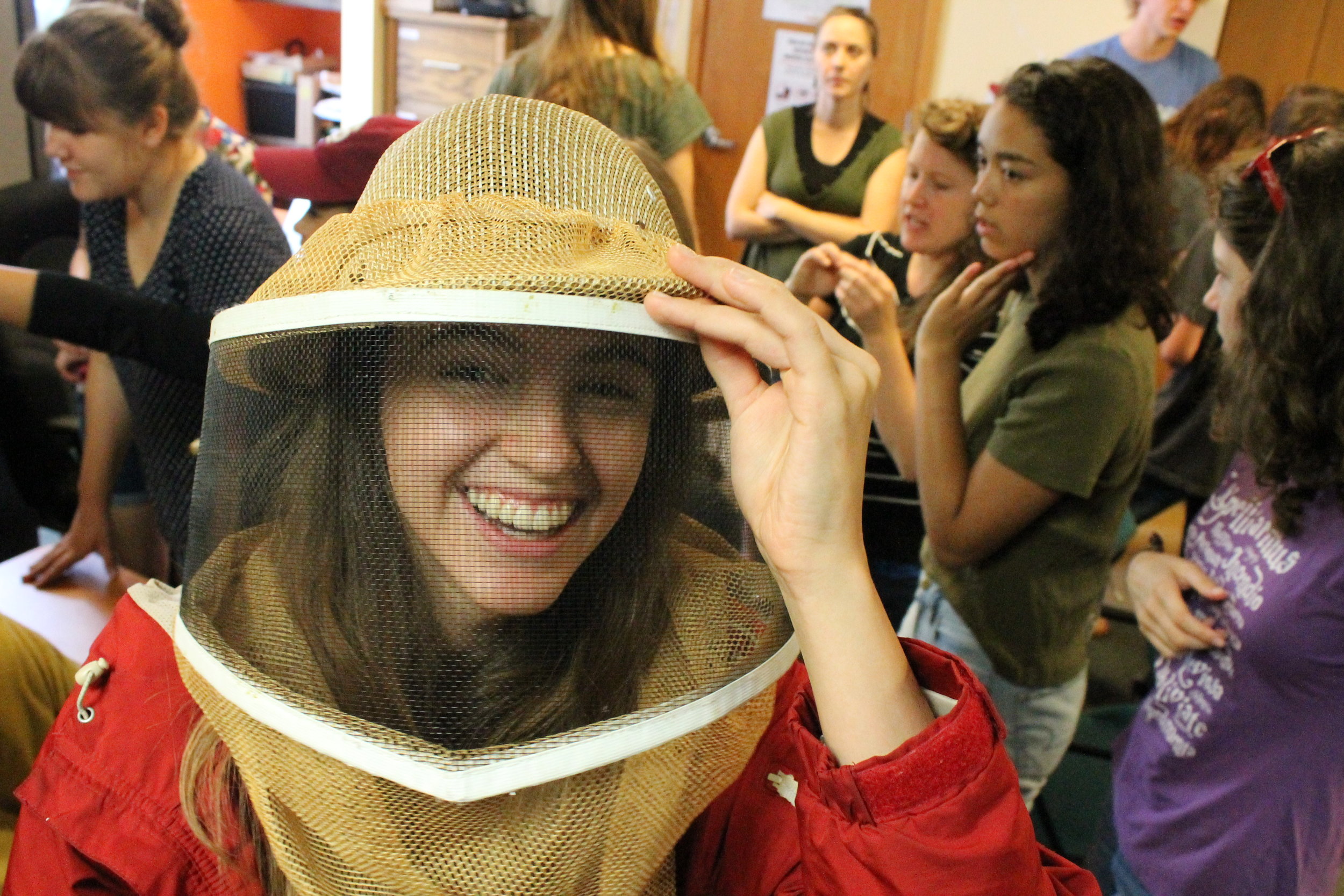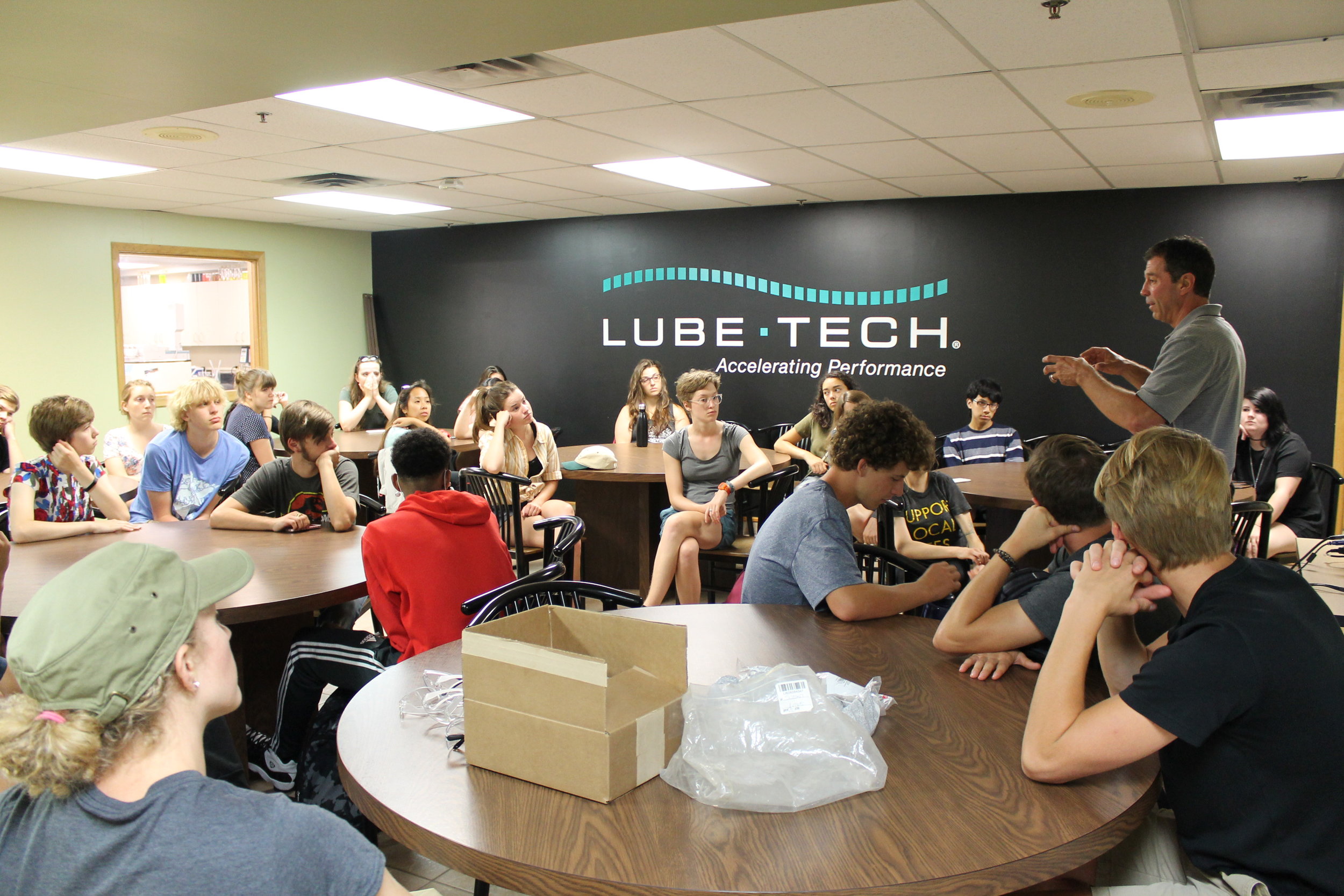The following blog post was written by Krista Martinka, a Spark-Y Education Facilitator, sharing her experience on a build day with one of our school partners.
About the Program:
The Community School of Excellence (CSE) is a K-8 Hmong Language and Culture School with whom we have kicked off our pilot year this school year. Spark-Y is working on a vermicomposting & waste curriculum with a second grade class, as well as an aquaponics curriculum with two fifth grade classes. Our goal is to incorporate as much of the CSE literacy-focused curriculum into our programming as possible, but also to expose the students to hands-on science education. We’ve had a very successful start to the year and we can’t wait to continue this partnership.
Build Day at CSE
It’s almost impossible not to have a good time at a school where the kids are excited to learn. You could say pretty much anything and expect a positive response…
“Do you guys want to learn about dirt?”
“ Yeah!”
“What about fish poop?”
“Yeah!”
And that’s exactly what we get at the Community School of Excellence. It’s always a great feeling to go into a school and know they want to be there and they want to learn.
What’s better than enjoying yourself as a facilitator? Knowing that the students had just as much fun, maybe more, than you did.
Within the past couple of months we’ve completed three builds with the students at CSE - one in each class that we’ve been working with. Preparing for these builds is a lot of work, and takes a lot of time, but all of that effort is worth it when you see students learning and having fun at the same time. These moments are clear when you see a student use a drill for the first time. Especially a student who was afraid of a saw, and builds the confidence to use it anyway. It's clear watching their faces light up as they bring their system to life.
There were plenty of examples of this, scattered across each build day. Such as with a group of second graders. We were building a vermicompostiing system. A system where waste is broken down by worms to create a very nutrient-rich fertilizer for plants. The pieces had been cut for the system, and ready to be assembled. Some students couldn’t wait to get their hands on a drill, and others were a little cautious. But, the end of the day everyone had used the drill at least once.
“My dad is going to be so proud of me!” was a statement I’d heard from across the room.
Another student exclaimed: “I want to do construction all the time!”
Completed!
CSE second graders with their vermicompost system.
When working with the fifth graders, we asked what their favorite part of the build day was. We received a few different answers. Some really enjoyed the cutting station and using the saw, others preferred the stations where they got to learn a little bit more about how aquaponics works, but most of the students couldn’t even choose. “Everything!” was the response that we got most often.
I know where these students are coming from because it is really hard to pick your favorite part of a build day. There is so much to choose from!
However, there is one moment during the builds at CSE that really stuck out to me. Working with the fifth graders and explaining the build day to the group, one student asked if the class was going to have to miss recess. Builds can take a full day, and this one was no different. I broke the news that they would be missing recess and there were a few frowns around the room.
Trying to keep the spirit light we told them they wouldn’t even want to go to recess because they’d be having so much fun.
So what happened when a group of fellow classmates were in the hallway, putting on jackets for recess?
Not a word, not even a glance at the door from a single student.
Recess was happening right in the classroom, while students were learning to build, design and use power tools (while facing their fears). Build days are hands-on learning at its best. And just like these group of fifth graders discovered, you have even more fun on a build day than at recess. And the fun lasts all day.
